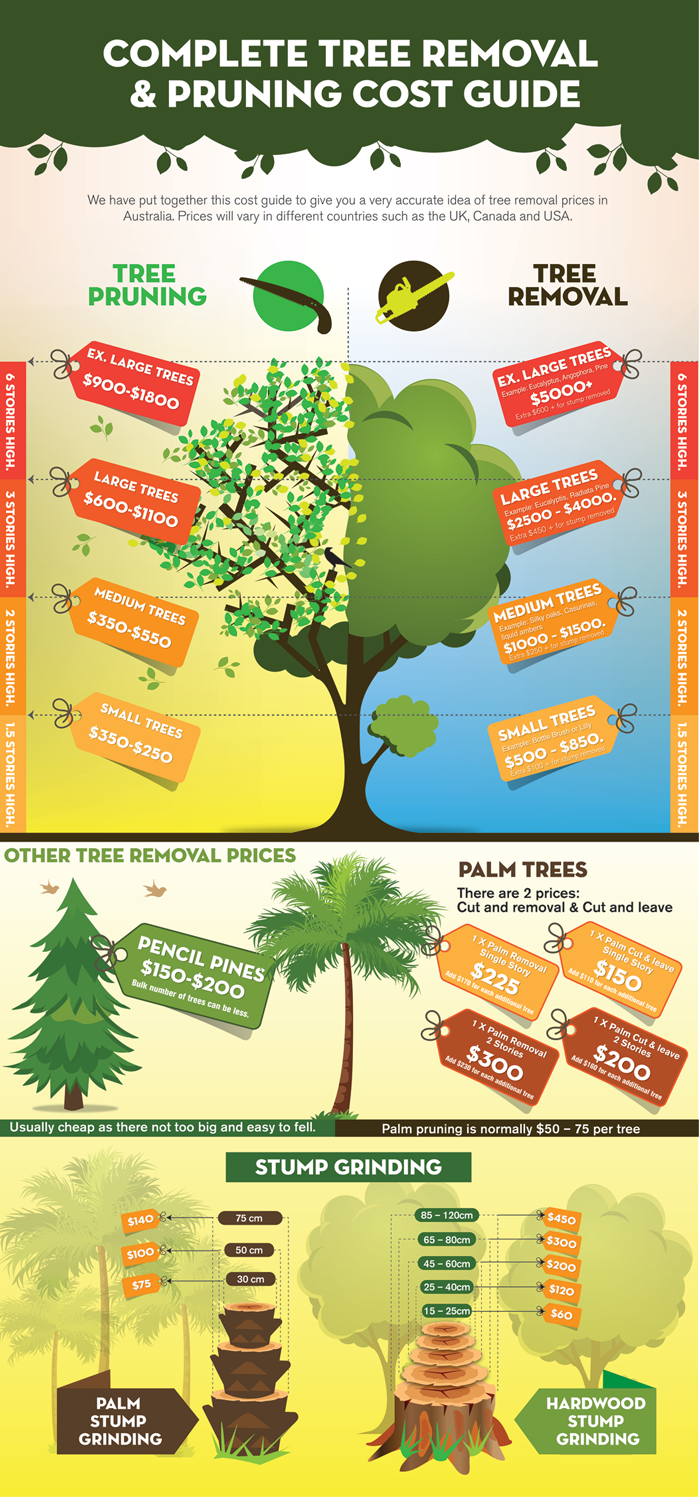Clues That Suggest Tree Removal: Exactly How To Place Hazardous Trees
Clues That Suggest Tree Removal: Exactly How To Place Hazardous Trees
Blog Article
Short Article Writer-Vogel Enemark
When it comes to tree treatment, recognizing the indications that it's time for removal is necessary for your safety and residential or commercial property. You may observe tarnished fallen leaves, wilting branches, or strange fungal growths suggesting illness. read page , like a substantial lean or splits in the trunk, can likewise present threats. Comprehending these indication can aid you make notified choices about your trees and prevent prospective risks hiding in your backyard. What should https://trentonlhbvq.blogitright.com/35409603/tree-removal-pricing-break-down-preparing-for-your-landscape-design-requirements look for following?
Signs of Decay and Condition
When you observe indications of decay and disease in your trees, it's crucial to act promptly. Look for stained leaves, wilting branches, or unusual growths like fungus. https://www.bobvila.com/articles/plants-for-erosion-control/ can indicate that your tree is struggling.
If you see splits in the bark or soft, mushy wood, these symptoms suggest internal degeneration. Furthermore, a sudden rise in insects around your tree can indicate that it's deteriorated and at risk.
Check for any dead or dying limbs, as they posture a threat to your building and safety. If you're uncertain regarding what you see, consulting an arborist can provide quality.
Addressing these signs early can conserve you from much more extensive damages and make sure the health of your backyard. Do not wait till it's far too late.
Structural Instability and Leaning
As you observe your trees, watch out for any type of signs of architectural instability or leaning. If a tree leans substantially, it might show that the root system is endangered.
Look for any fractures in the trunk or soil around the base; these can indicate potential failure. In addition, check for uncommon development patterns, like an unbalanced crown, which might suggest that the tree is struggling to hold itself upright.
If you discover that the tree favors your home, high-voltage line, or other structures, it poses a greater danger. Don't overlook these indications-- consult an arborist to assess the situation.
Doing something about it early can stop pricey damage and ensure your security.
Dead or Perishing Branches and Foliage
If you observe dead or passing away branches and foliage on your tree, it's a clear indication that something's incorrect.
These undesirable locations can indicate underlying concerns like illness, parasite problems, or ecological stress. When branches lose their leaves or transform brownish, they're no more adding to the tree's wellness. Overlooking these indicators might lead to more decline, making your tree more harmful.
Dead branches can easily break off during storms, posing a danger to building and individuals nearby. It's critical to examine the degree of the damage.
If the issue impacts a considerable part of the tree, think about speaking with a specialist. They can aid establish if elimination is needed to ensure safety and security and preserve the elegance of your landscape.
Final thought
If you observe any indications of decay, architectural instability, or dead branches on your trees, don't disregard them. These signs can present severe security dangers to you and your property. It's constantly best to seek advice from a specialist arborist who can supply a professional assessment of your trees. Doing something about it early can protect against mishaps and expensive damage, guaranteeing your landscape stays risk-free and healthy. Keep in mind, it's much better to be proactive about tree care than to wait for a disaster to take place.
